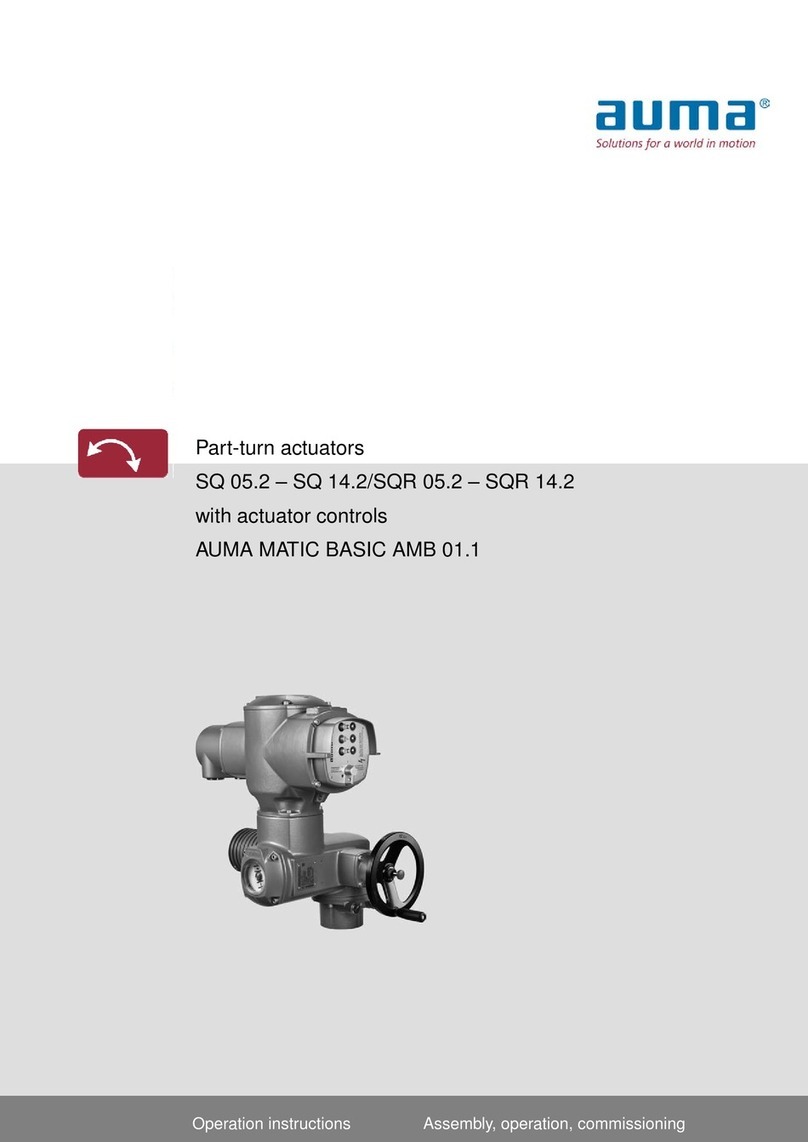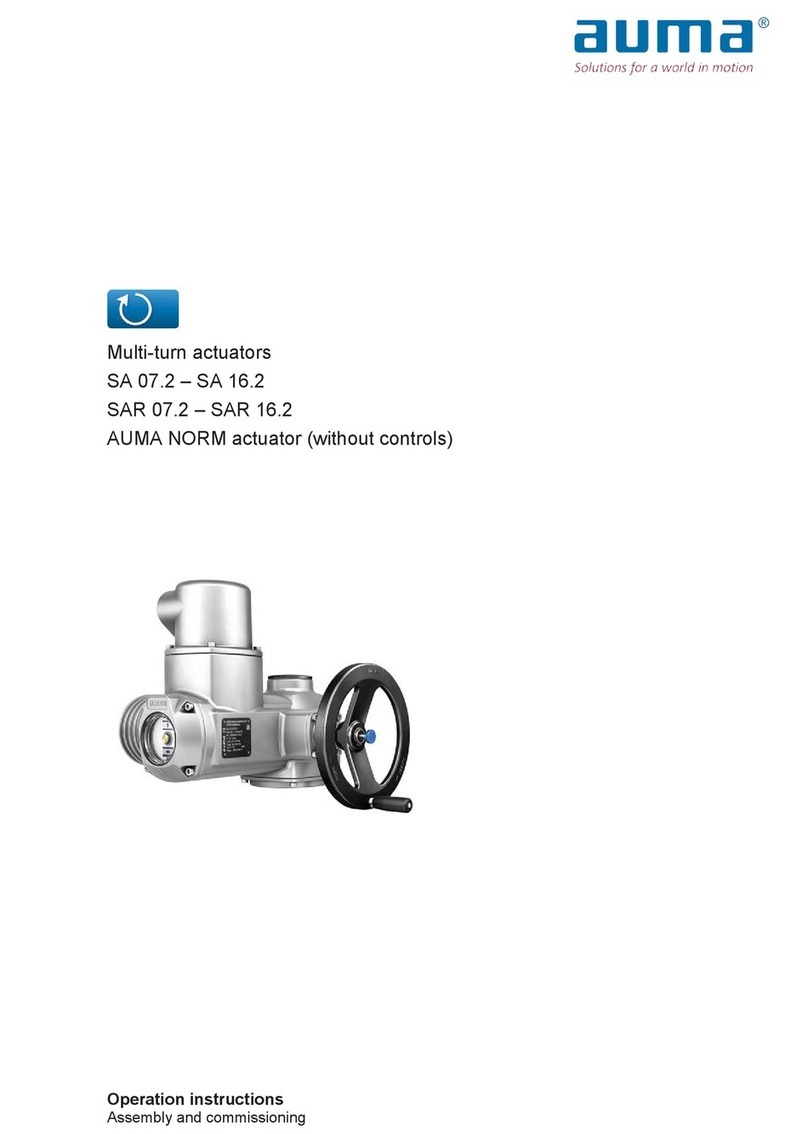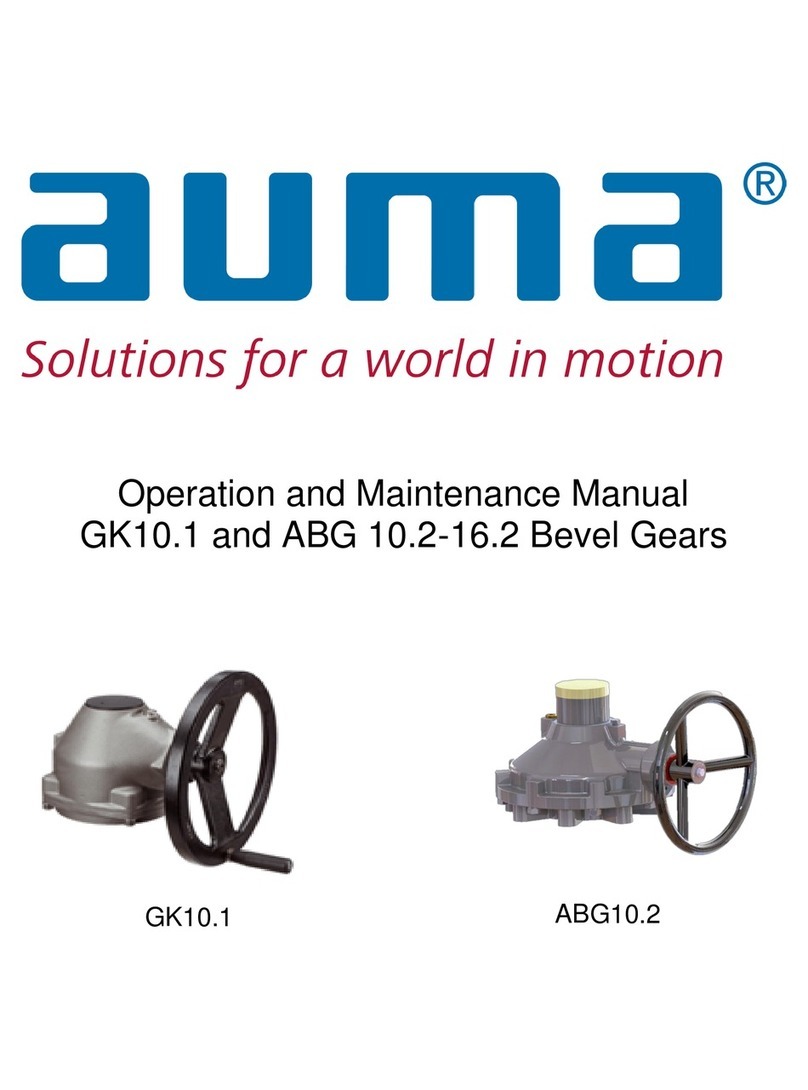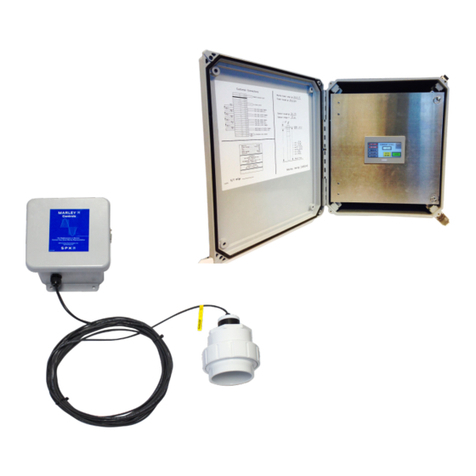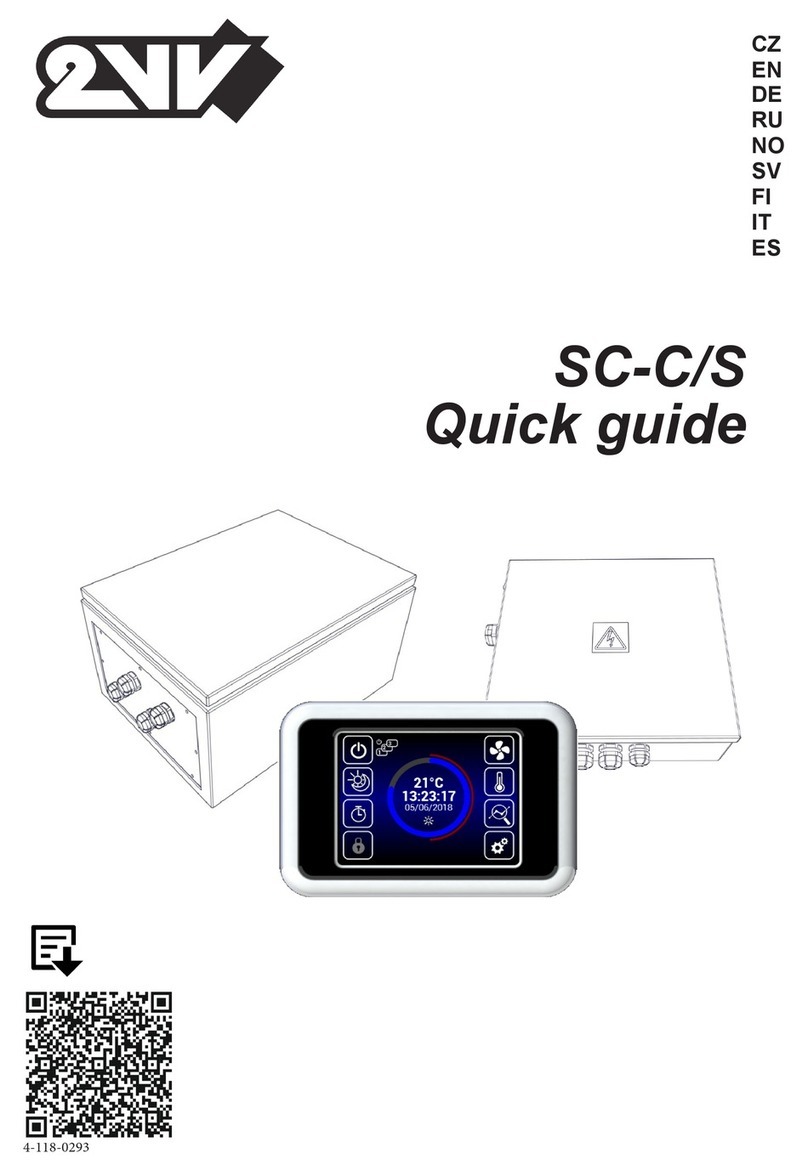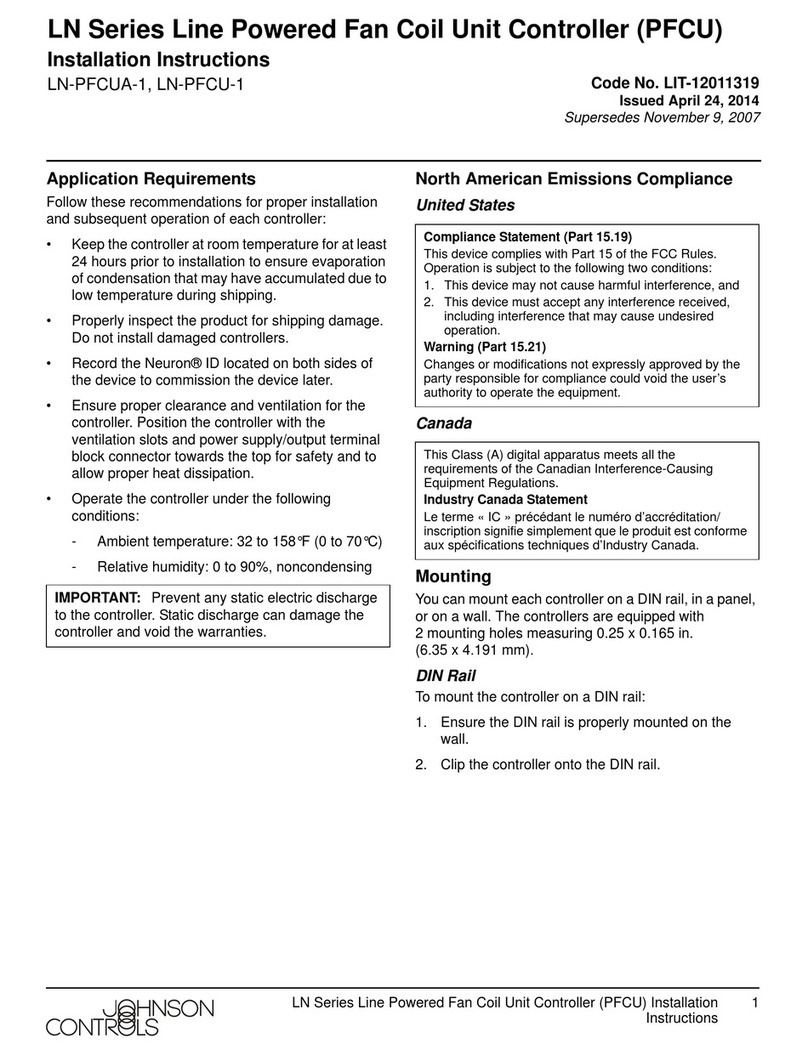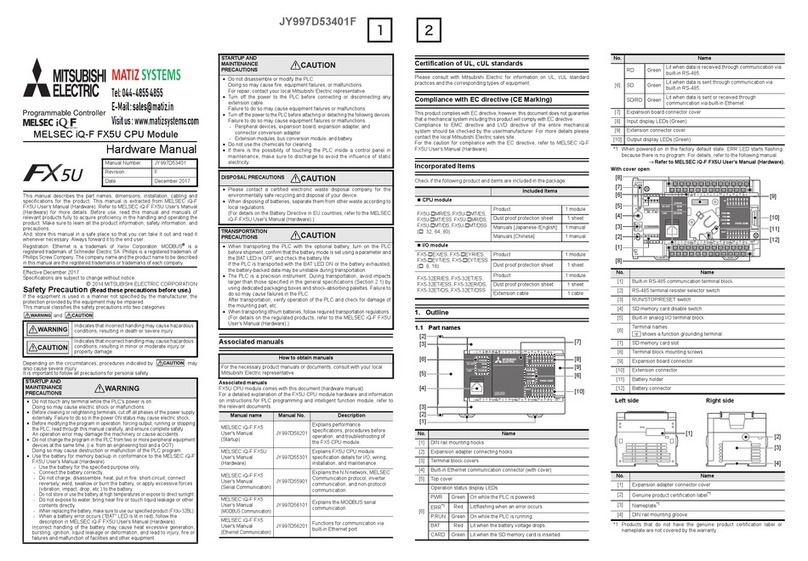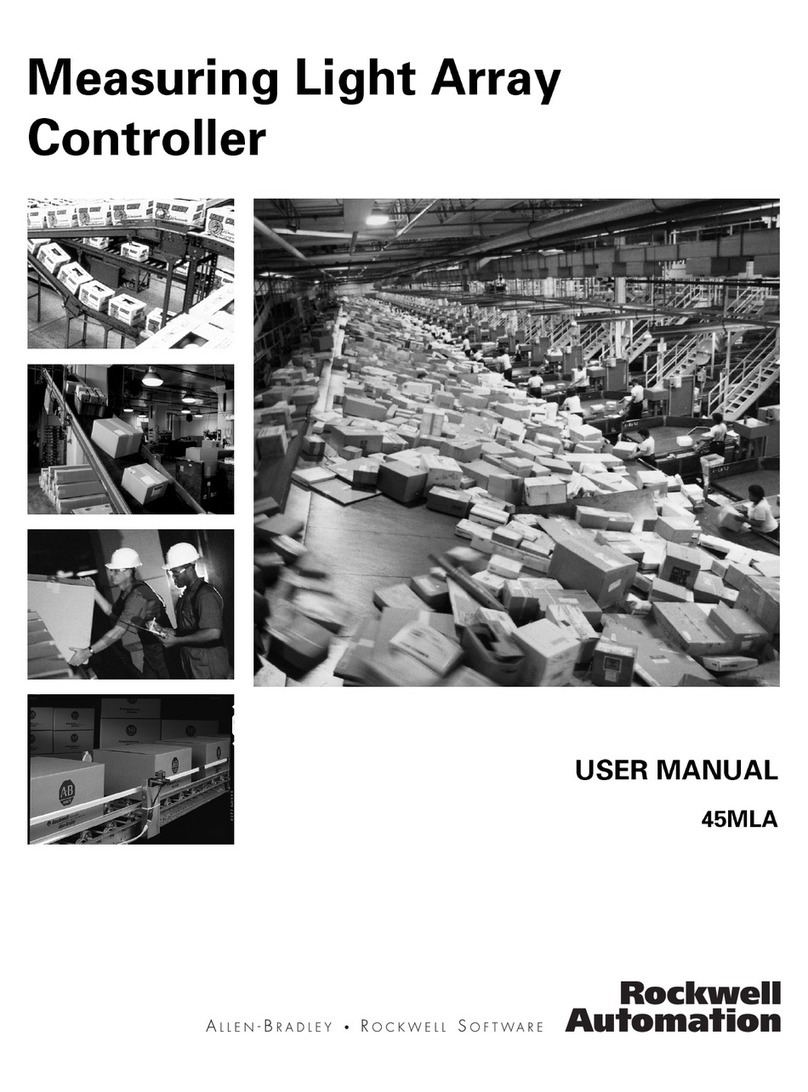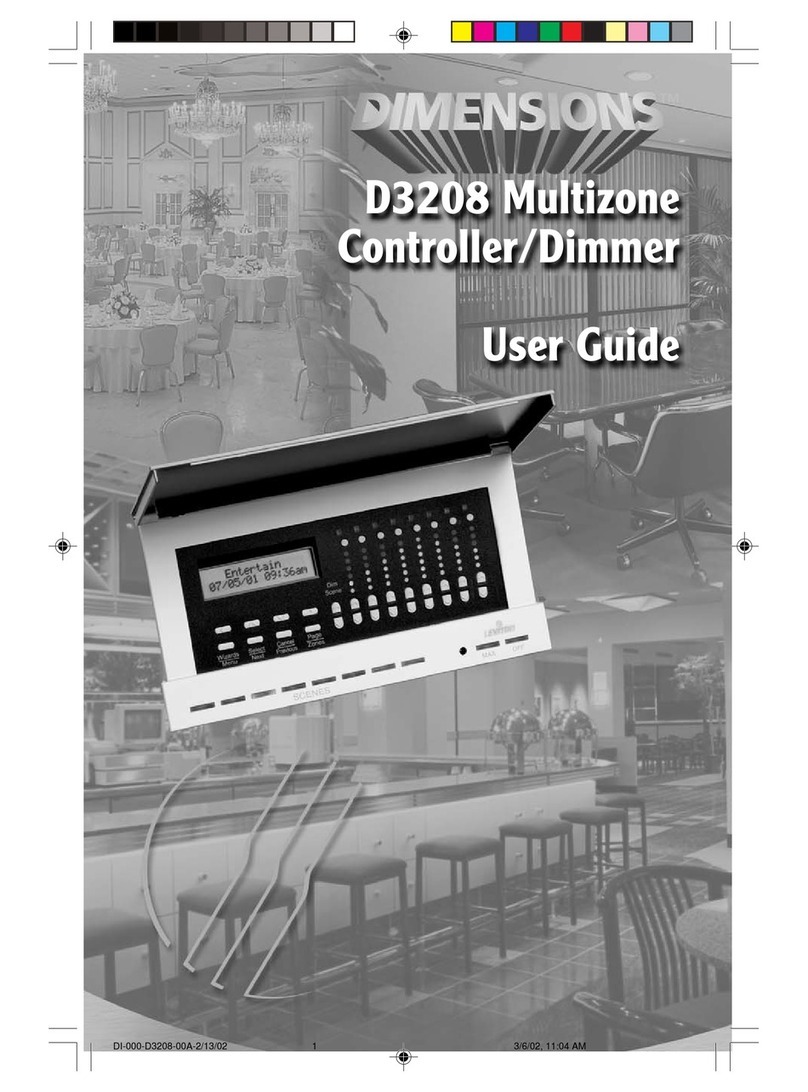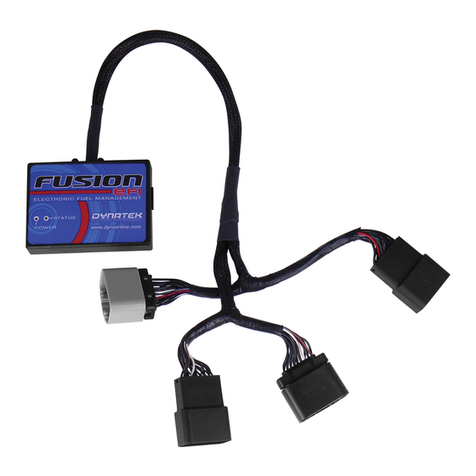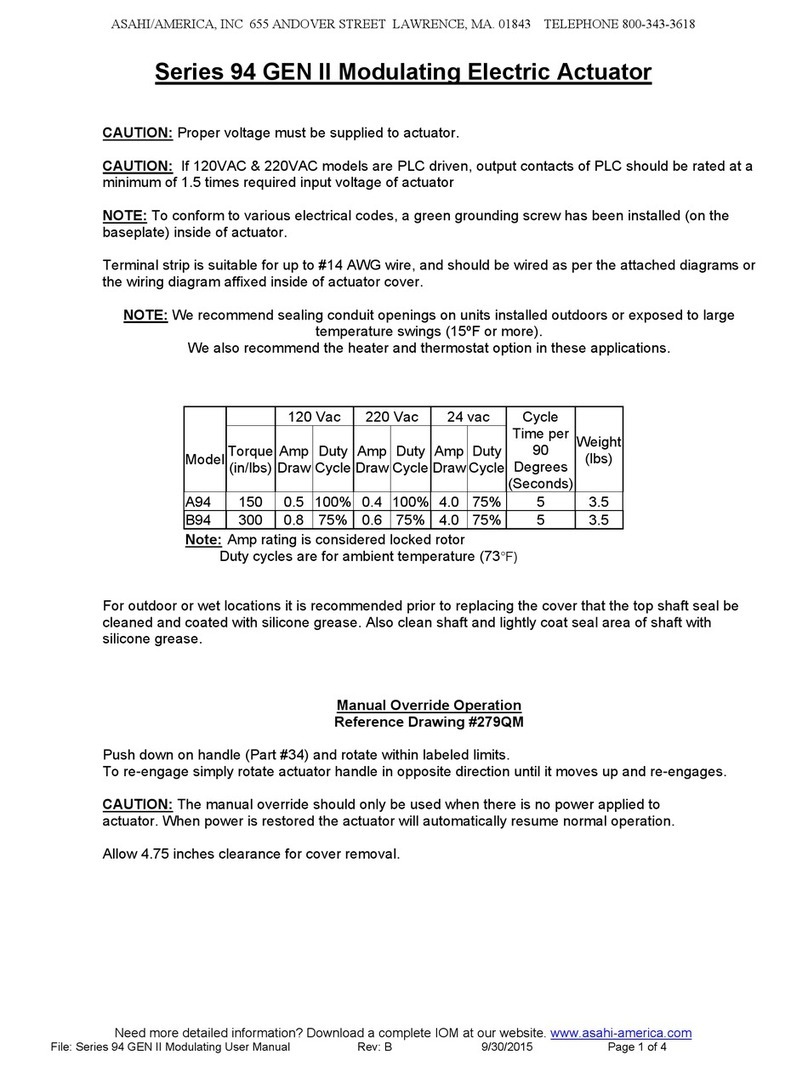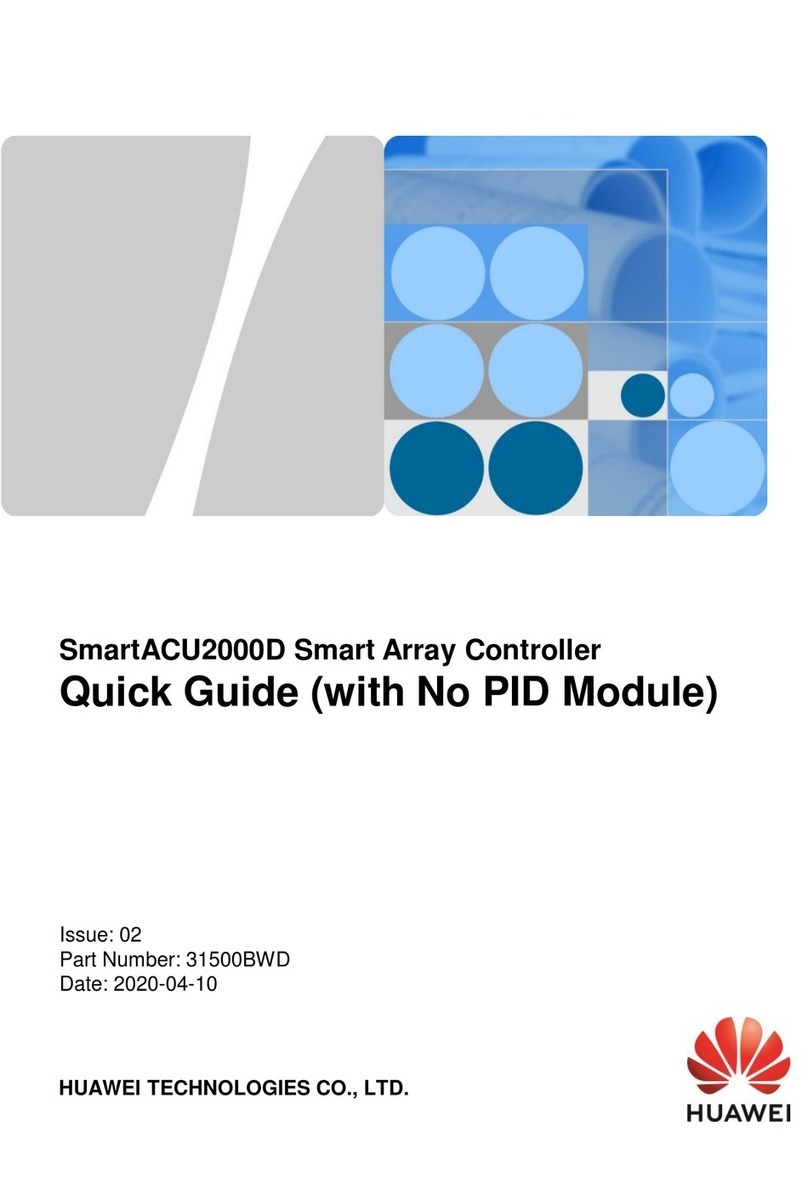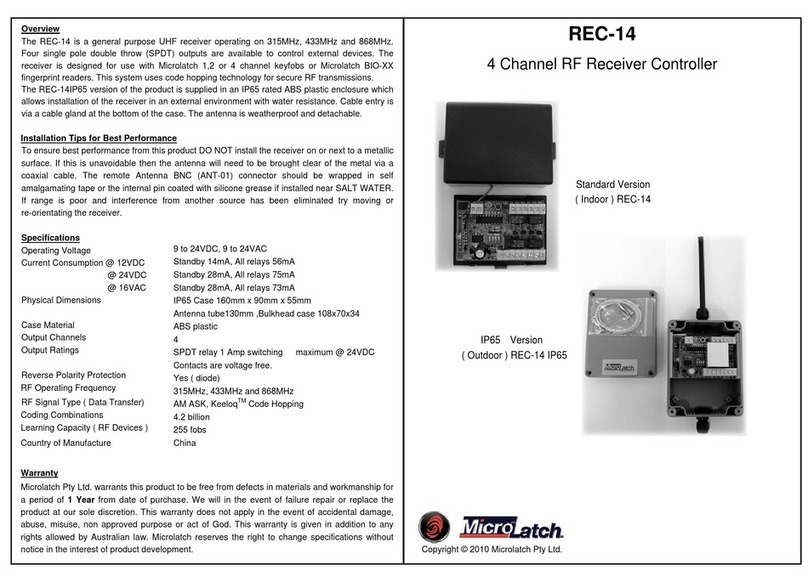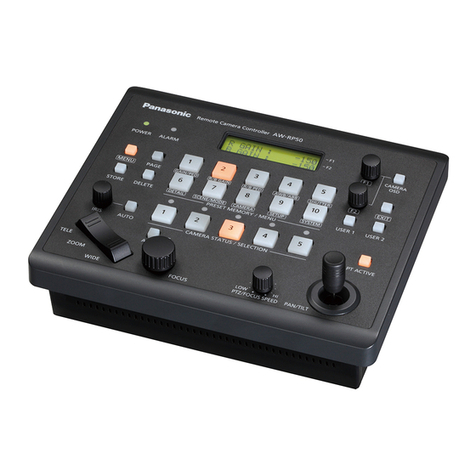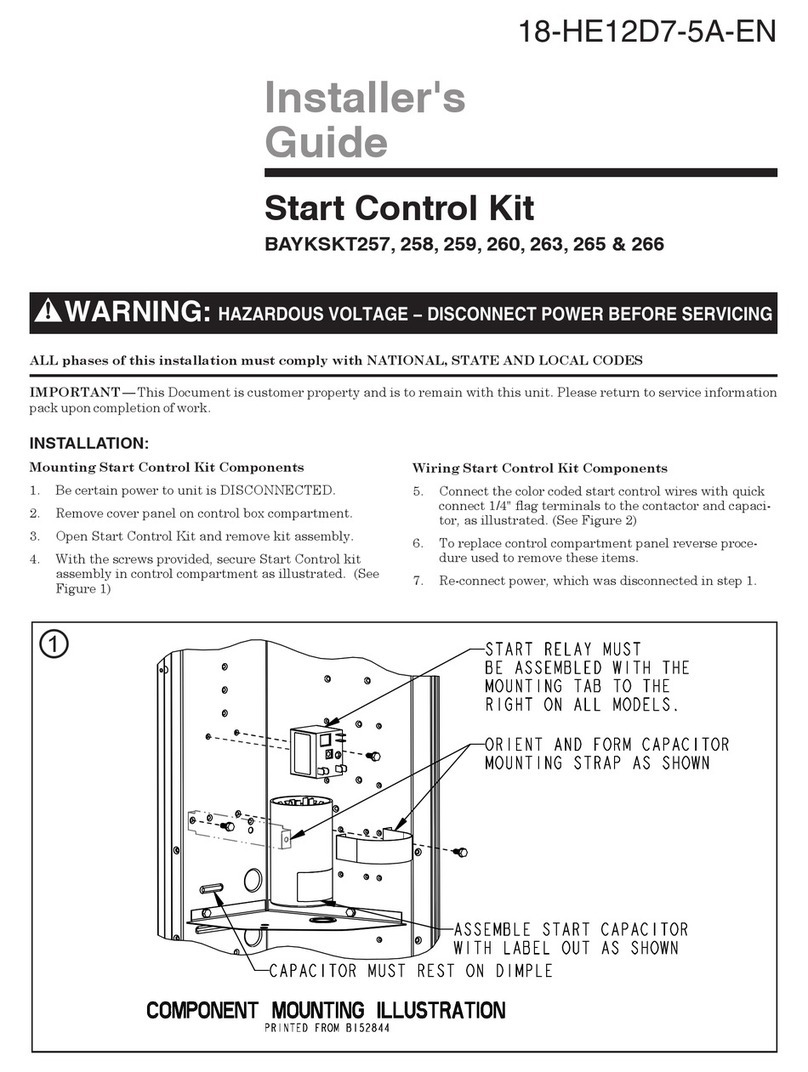AUMA SA 07.1 User manual

OPERATION INSTRUCTONS
MODEL SA 07.1 – SA 48.1
Multi-Turn Actuators
AUMA Actuators, Inc. USA
100 Southpointe Boulevard • Canonsburg, PA 15317
724-743-2862 • Fax: 724-743-4711
www.auma-usa.com

This operation instruction is valid for the types: SA, SA(IP68), SAL, SAEL, SAH, SAR,
SAFM, SARFM, SAEx, SAREx.
TABLE OF CONTENTS
Page
1. Transport and Storage............................................. 1
2. Service Conditions................................................... 1
3. Mounting to the Valve/Gearbox ............................... 1
4. Manual Operation.................................................... 2
5. Electrical Connections ............................................. 2
•Terminal Access.................................................... 2
•Wiring Connections............................................... 3
•Completion of Electrical Connection ..................... 3
6. Test Run.................................................................. 4
•Operating Direction for Test Knobs....................... 4
7. Setting Of Limit Switching........................................ 5
•Setting the CLOSED End Position........................ 5
•Setting the OPEN End Position............................. 5
8. Setting of DUO counter Gear or Four Gear Train ... 5
Limit Switching
9. Setting of Torque Switching..................................... 6
10. Setting of Mechanical Dial Position Indicator........... 6
11. Setting of the Potentiometer .................................... 7
12. Setting of the Current Transmitter RWG.................. 7
13. Machining of Stem Nut, Form A Output Drive.......... 7
14. Maintenance............................................................ 8




1
Multi-turn actuators are high quality electro-mechanical devices. Possible damage can be avoided by
observing the following items.
Adjustment of position feedback transmitters, analog positioners and even limit switches and
mechanical stops may be required in the field after the automated valve is installed. Actuators with
digital communication boards require adjustment in the field–similar to a positioner.
1. TRANSPORT AND STORAGE
•Transport to place of installation in sturdy packing.
•Do not lift the actuator by the handwheel.
•Store in well ventilated, dry room.
•Protect against humidity from the floor by storing on a shelf or on a wooden frame.
•Cover to protect against dust and dirt.
•Apply corrosion protection agent to machined surfaces.
2. SERVICE CONDITIONS
AUMA multi-turn actuators can be used at following ambient conditions:
Model Temperature
SA -20°F to +175°F (Standard)
SAL -40°F to +140°F
SAH +32°F to +250°F
SA(IP68) -20°F to +175°F
SAR -20°F to +140°F
3. MOUNTING TO THE VALVE/GEARBOX
Mounting and operation can be in any position.
•Check whether output drive flange suits the valve/gearbox.
CAUTION: Spigot at flanges should be loose fit!
For form A output drive the thread must correspond with thread of the valve stem. If not
ordered explicitly with thread, the stem nut is supplied unbored or with pilot bore (Figure C).
For machining the stem nut refer to Section 13.
Form B output drives are normally supplied with bore and one keyway (Figure D).
•Check whether bore and keyway correspond with the input shaft of the valve or gearbox.
•Degrease mounting surfaces at actuator and valve/gearbox thoroughly.
•Apply lubricant to input shaft of the valve/gearbox.

2
•Place actuator on the valve/gearbox and use bolts with a minimum quality of 8.8 to fasten. Tighten
diagonally.
4. MANUAL OPERATION
Engaging Handwheel (Figure B)
CAUTION: Manual operation should not be engaged if motor is running.
•Lift declutch lever in center of handwheel to fully extended position while slightly turning the
handwheel.
•Release declutch lever, it must snap back to its original position; manual mode remains engaged.
Manual Operation
• WARNING •
DECLUTCH LEVER MUST BE FULLY RELEASED AND RETURNED TO UNENGAGED POSITION (90°)
WHILE IN MANUAL HANDWHEEL OPERATION TO PREVENT PHYSICAL DAMAGE.
•If power tools are used, the permissible speed is 300 rpm.
•For two-inch nut or chainwheel operation refer to separate instructions.
Disengaging Manual Operation
•Manual drive disengages automatically when motor is started.
5. ELECTRICAL CONNECTIONS
CAUTION: Observe safety regulations. Check whether the power supply (voltage, phase and
frequency) complies with the motor nameplate.
Terminal Access
•Take off the terminal compartment cover.
•Loosen cheese head screws inside the cover and remove multi socket carrier.

3
•Check the location of the terminal connections.
For SA 07.1 - SA 16.1 motor power is connected in center of socket carrier.
For SA 25.1 - SA 48.1 motor power is connected in separate conduit entry (Figure A).
For SA 07.1 - SA 48.1 control power is connected to sockets in socket carrier.
•Attach conduit to terminal compartment cover.
CAUTION: Appropriate conduit and sealing methods must be followed to ensure the type of
enclosure furnished.
Wiring Connections - Refer to drawing inside terminal compartment cover
NOTE: The drawing contains the required information for correct actuator electrical connection.
Typical customer controls are also shown.
•Connect motor wires to the designated terminals. Connect ground to designated terminal.
•Connect control wires to designated terminals in accordance with drawing.
CAUTION: The following must be considered when wiring an AUMA
actuator:
♦The time delay (i.e., from limit or torque switch tripping until the motor is switched off) should not
exceed 20 ms. We strongly recommend switching off the motor directly by installing the
corresponding switches in the control wiring to the contactor. This concern is especially important
when using PLC’s. Switch output to a PLC should be for indication only.
♦Each switch has contacts which are not completely isolated and therefore are suitable only for the
same voltage potential. (See drawing for detailed information.)
♦The valve manufacturer decides whether switching off in the end position should be by limit switch
(limit seating) or torque switch (torque seating).
♦AUMA motors have 3 thermoswitches as standard equipment. These switches must be directly
wired into the control circuit to protect the motor. If these are not connected, the warranty for the
motor is not valid.
Completion of Electrical Connection
•Clean the sealing faces at plug or cover for terminal compartment, check to ensure that the O-ring
is not damaged.

4
•Apply a thin film of non-acid grease (e.g., Vaseline) to sealing faces.
•Place cover and fasten the 4 bolts. Tighten diagonally.
CAUTION: NEMA 7 enclosures require that a conduit seal be placed as close as practicable to the
conduit entries at the actuator.
6. TEST RUN (Figure E)
Remove cover to the control unit compartment (15.0) and, if provided, the MDPI disc (156.0).
•Bring the valve manually to an intermediate position.
•Check phase rotation.
•Run the actuator briefly in the open direction. If the direction of rotation is incorrect, switch off
immediately and rewire motor connections U1 and W1.
•The red test knobs on the control unit provide a way to manually operate the limit and torque
switches.
While running the actuator in the open direction, turn the red test knob OPEN toward the DOL
arrow.
♦If the motor stops, the control circuit is correct.
♦If the motor does not stop, turn off the motor power immediately. Check control circuit and
correct wiring.
Operating Direction for Test Knobs
Torque Switch Limit Switch
open DOL Arrow WOL Arrow
close DSR Arrow WSR Arrow
•Determine overrun in both directions (overrun is turns/travel from switching off until the actuator
movement stops.
The convention of “clockwise-to-close” has been used throughout this manual. A “clockwise-to-
open” valve or damper configuration represents a reversal of limit and torque switch position
(black area
of face plate of the control unit represents open and white area represents closed.)

5
7. SETTING OF LIMIT SWITCHING (Figure E)
•Engage manual drive as explained in Section 4.
Setting of the CLOSED End Position (black area)
•Turn the handwheel clockwise until the valve is fully closed. Consider possible overrun as
described in Section 6.
•Press down and turn spindle (A) in direction of the arrow. A ratchet will be felt and heard, the
pointer (B) turns for every 90 degrees.
CAUTION: DAMAGE MAY RESULT TO THE COUNTER GEAR MECHANISM IF THE SLOTTED
SHAFT IS NOT PUSHED DOWN WHILE TURNING TO ADJUST THE LIMIT SWITCH.
When pointer moves towards point (C), the spindle should not be turned any further. If the spindle
has been turned beyond that point inadvertently, continue turning and approach the setting point
again.
CAUTION: Make sure that spindle (A) springs up to its original position.
NOTE: Distinct “clicks” will be heard and felt while turning the slotted shaft. When the pointer
points toward the switch tripped indicator, no additional clicks should be felt or heard. If
additional clicks are heard or felt, the setting instructions (above) must be repeated.
•The limit switch is now properly set. Release the slotted shaft (to re-engage the counter gearing)
by removing the screwdriver blade. Ensure that the shaft returns to the previous upright position.
Setting of the OPEN End Position (white area)
•Turn the handwheel counter-clockwise until the valve is fully open. Consider possible overrun as
determined in Section 6. Compensate overrun by backing off with the manual drive.
•Repeat setting procedure as described for the closed position using spindle (D), pointer (E) and
point (F).
8. SETTING OF DUO COUNTER GEAR OR FOUR GEAR TRAIN LIMIT SWITCHING
(optional) (Figure E)
CAUTION: The intermediate switching point should be approached for setting purposes in the
same direction as in motor operation.
•Move valve to the required intermediate position.

6
•For switching in the direction CLOSED (LSA) use spindle (G), pointer (H) and point (C) as
explained previously.
•For switching in the direction OPEN (LSB) use spindle (K), pointer (L) and point (F) as explained
previously.
9. SETTING OF TORQUE SWITCHING (Figure F)
CAUTION: Adjusted torque must suit the valve! If the actuator has been supplied by a valve
manufacturer, this setting was made during testing. This setting should only be changed
with the consent of the valve manufacturer.
•Loosen both lock screws (O) at torque dial.
•Rotate torque dial (P) to the required setting (1 ft. lbs. equals 1.36 Nm).
•Fasten lock screw again.
NOTE: Torque switching works in both manual and electrical mode. The torque switching acts as
overload protection over full travel as well as at the end positions.
•Clean sealing surfaces at the housing and the switch compartment cover (3.2). Check the O-ring
for possible damage. Apply thin film of non-acid grease (e.g. Vaseline) to sealing faces.
•Place the cover and fasten the hexagonal bolts. Tighten diagonally.
10. SETTING OF MECHANICAL DIAL POSITION INDICATOR - optional (Figure G)
The indicator disc rotates approximately 180 degrees at full travel from OPEN to CLOSE or vice
versa.
A suitable reduction gearing was installed in our factory. If turns per stroke are changed
subsequently, the reduction gearing may have to be exchanged, too.
•Run actuator to the CLOSED end position.
•Turn dial CLOSED until the arrow is in alignment with the mark on the indicator glass.
•Run Actuator to the OPEN end position.
•Turn dial OPEN while holding the other dial in position until the arrow is in alignment with the
mark.

7
11. SETTING OF THE POTENTIOMETER (optional)
(Figure E)
•Operate valve to the CLOSED position.
Set the potentiometer to the initial position (minimum resistance) by turning spindle (R2).
12. SETTING OF THE CURRENT TRANSMITTER RWG (optional) (Figure E)
Adjustments for 4 mA to close and 20 mA to open
•Run the actuator to the full closed position, and adjust the feedback potentiometer (R2) to the full
clockwise end position. (Note: counter-clockwise for counter-clockwise-to-close actuators).
•Adjust zero adj. potentiometer (L) clockwise until the desired current output for the closed position
is obtained (normally 4 mA). Turn potentiometer clockwise to increase current output, counter-
clockwise to decrease.
•Run actuator to the full open position.
•Adjust max adj. potentiometer (M) until the desired current output for the open position is obtained
(normally 20 mA). Turn potentiometer clockwise to increase current output, counter-clockwise to
decrease.
•Run actuator to the full closed position to check the closed position current output.
•If necessary, readjust the zero adj. potentiometer to the value obtained in Step 3 and repeat Steps
4 through 6. Otherwise, the procedure is complete.
NOTE: The adjustment of the zero adj. and max adj. potentiometers is an interactive process and
may require that the potentiometers are adjusted a number of times.
NOTE: For other settings, please refer to separate setting instructions.
13. MACHINING OF STEM NUT, FORM A OUTPUT DRIVE (Figure C)
Mounting flange does not need to be taken off the actuator.
•Remove the bearing lock nut (80.2) using a wrench or similar tool.
•Take off the stem nut (80.3), thrust bearing (80.01) and thrust bearing races (80.02).
•Remove the thrust bearing and races from stem nut.
•Drill and bore the stem nut, cut the thread.
CAUTION: When fixing in the chuck make sure the stem nut runs true.

8
•Clean the machined stem nut.
•Apply ball bearing grease to the thrust bearing and races and place them on the stem nut.
•Put the stem nut into the mounting flange. Be careful that the dogs are placed correctly in the slots
of the hollow shaft.
•Screw in the bearing lock nut until it is firm against the shoulder.
•The A drive housing is provided with a grease nipple for lubrication. Ensure that an adequate
amount of grease is provided for proper operation. Frequency of lubrication must be determined
according to usage. Contact the factory for further information on output drives.
14. MAINTENANCE
AUMA Actuators need little maintenance. A precondition for reliable service is correct commissioning
and start up. It is also very important that the O-rings for the covers are placed correctly, and conduit
entries are fastened firmly to prevent the ingress of dirt or water.
We recommend:
•If operated very seldom, perform a test run every six (6) months. This assures that the actuator is
always ready to operate.
•Approximately six (6) months after start-up and then every year check the bolts between the
actuator and the valve/gearbox for tightness. If required, retighten.
•Multi-turn actuators with Form A output drive must be lubricated at intervals of approximately six (6)
months, using the grease nipple.
CAUTION: Lubrication of the valve stem must be done separately.
This operation instruction has been prepared to the best of our knowledge in order to inform our
customers. It is the result of our practical experience and extensive testing.
Our multi-turn actuators were designed principally for the operation of valves. Before using them for
other purposes, we recommend examining whether our products perform the functions desired.
Further knowledge about their suitability may be obtained by tests. We are prepared to assist in the
performance of these tests.
For special applications please consult factory.
When using our multi-turn actuators for applications not intended by us, we cannot be held
responsible. Necessary precautions to prevent injury to persons or damage to materials are the sole
responsibility of the user.

9
Actuators* with the BASIC COMPACT and AUMA MATIC contain pilot devices and complete motor
controls. The controls are contained in a sealed housing, which is mounted directly to actuators of
the version, AUMA NORM.
Electrical connections between the BASIC COMPACT or AUMA MATIC unit and actuator are made
by plug/socket. This enables the BASIC COMPACT or AUMA MATIC unit to be fitted to the type
AUMA Norm actuators already installed.
*Available in sizes SA 07.01 — SA 16.1

10
For professional start-up and reliable service in the field, AUMA has specialists in the factory for:
•Shipping of original spare parts
•Commissioning
•Maintenance/repair
•Trouble-shooting assistance
Before calling for our support, please have the following information:
1) For Parts:
•Original S.O. Number or Serial Number of Actuator (on name tag)
•Part Number (on exploded view)
2) For Service:
•Original S.O. Number or Serial Number of Actuator
•Brief Description of Problem
Contacts:
Factory: AUMA Actuators, Inc.
100 Southpointe Boulevard
Canonsburg, Pennsylvania 15317
Phone: (724) 743-2862
Fax: (724) 743-4711
Web site: www.auma-usa.com
All information is subject to change without notice.
Issue 1.03
MA-SI-01-0001
Other manuals for SA 07.1
3
This manual suits for next models
1
Table of contents
Other AUMA Controllers manuals
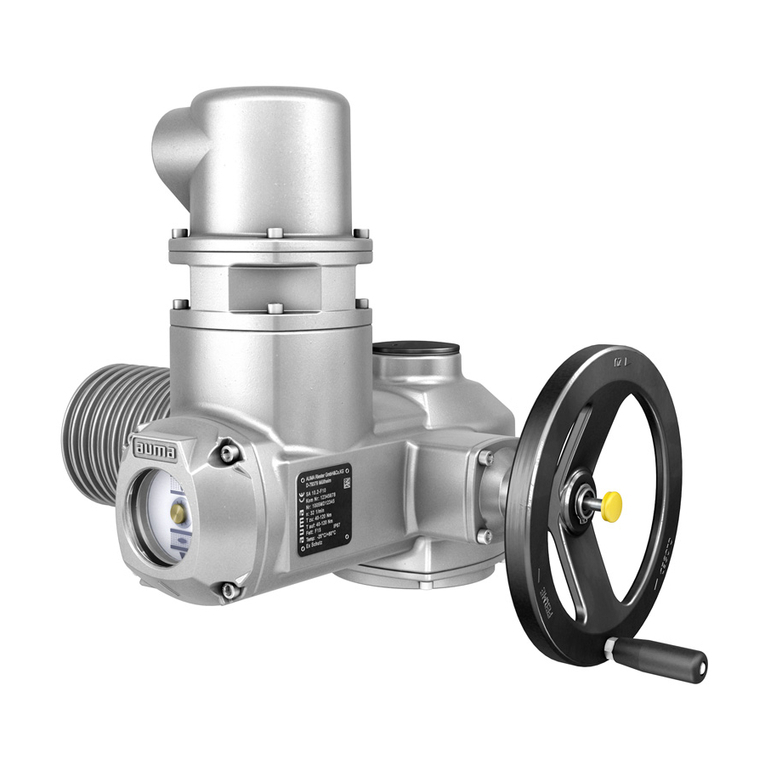
AUMA
AUMA SAEx 07.2 User manual

AUMA
AUMA MEC 03.1 User manual

AUMA
AUMA SAEx 07.2 User manual
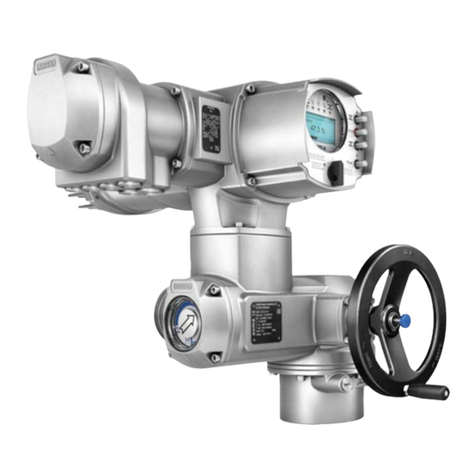
AUMA
AUMA SQV 05.2 User manual
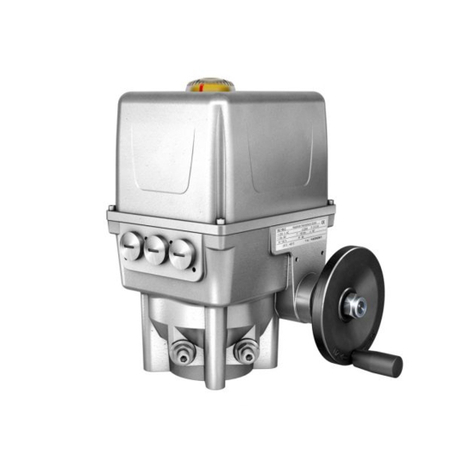
AUMA
AUMA EQ 40 Assembly instructions
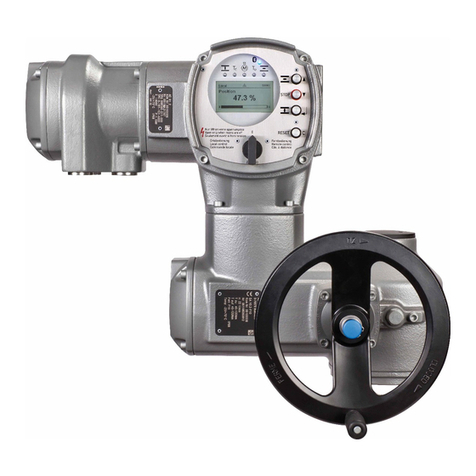
AUMA
AUMA SGExC 05.1 User manual

AUMA
AUMA PROFOX PF-Q80 User manual
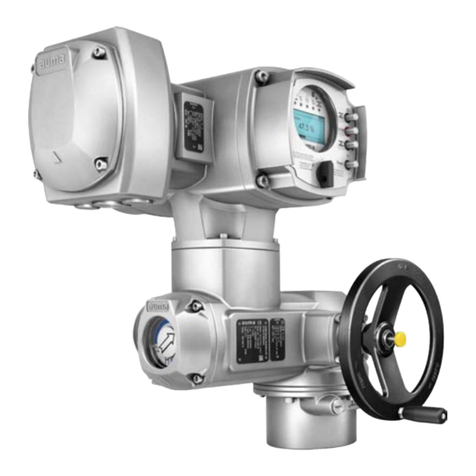
AUMA
AUMA SQEx 05.2 User manual
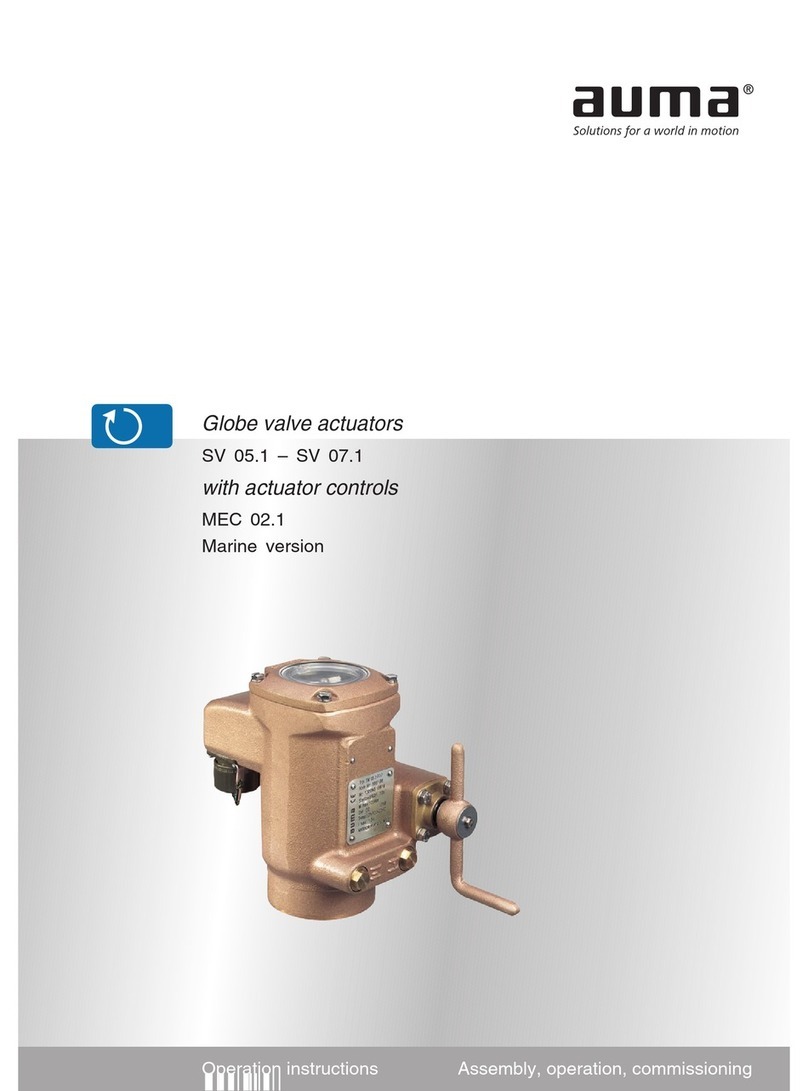
AUMA
AUMA SV 05.1 User manual

AUMA
AUMA SAEx Series User manual
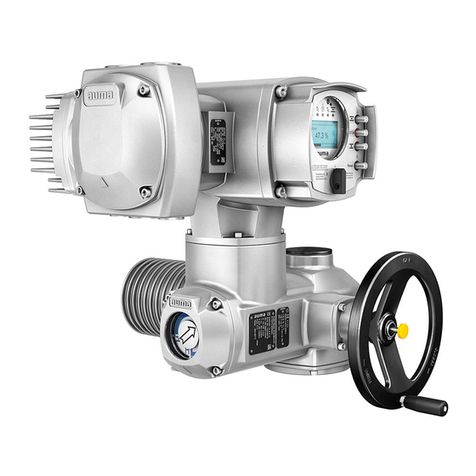
AUMA
AUMA SAVEx 07.2 User manual
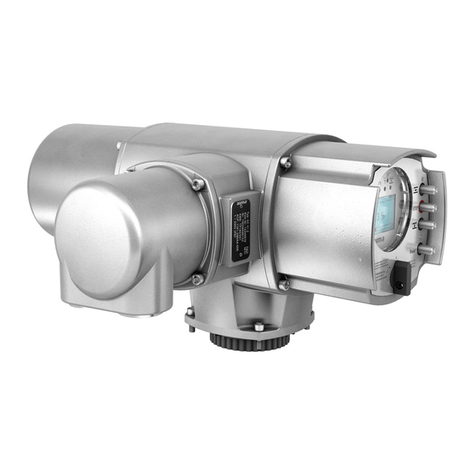
AUMA
AUMA Aumatic AC 01.1 User manual
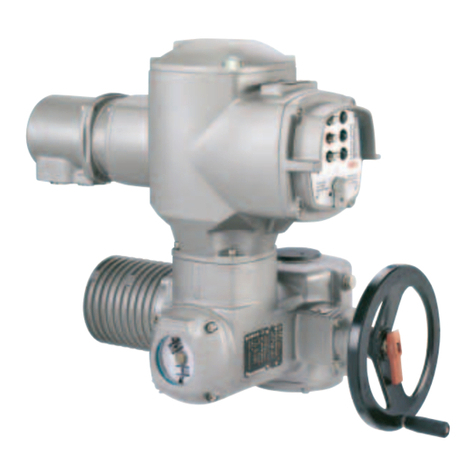
AUMA
AUMA SA 07.1 - SA 30.1 User manual
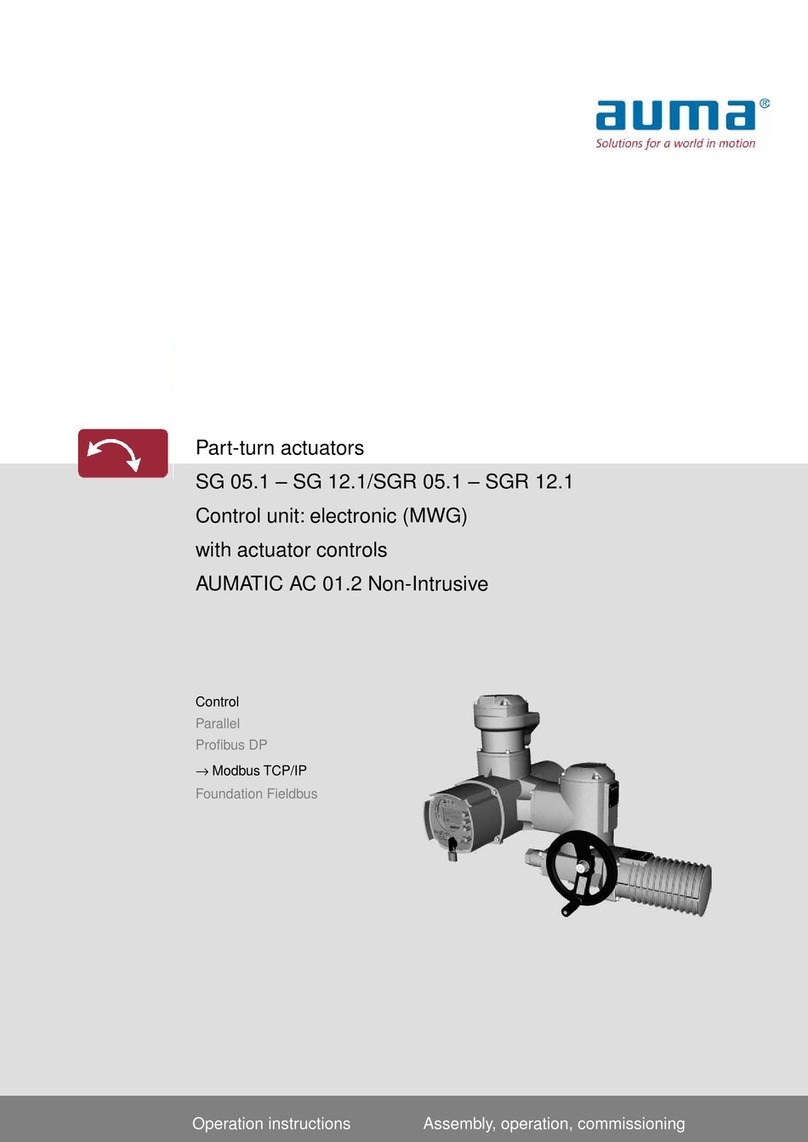
AUMA
AUMA SGR 05.1 User manual
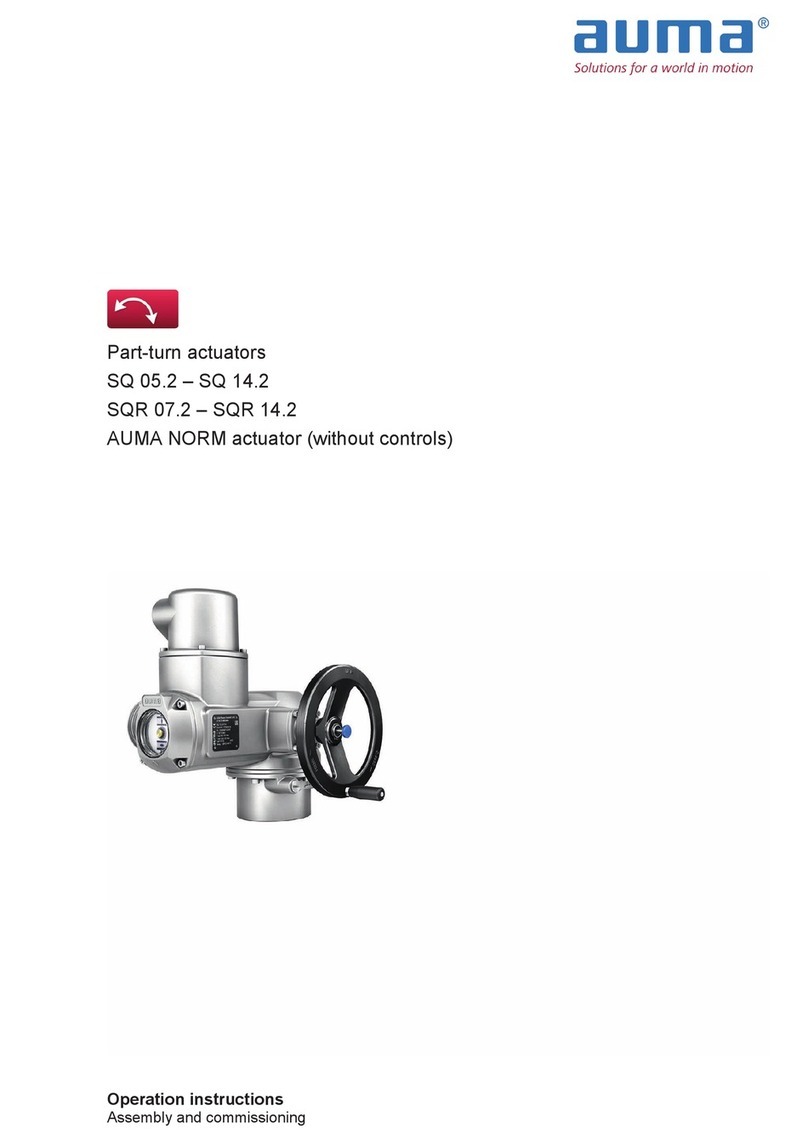
AUMA
AUMA SQ 05.2 User manual

AUMA
AUMA SA Series User manual

AUMA
AUMA SQ 05.2 User manual
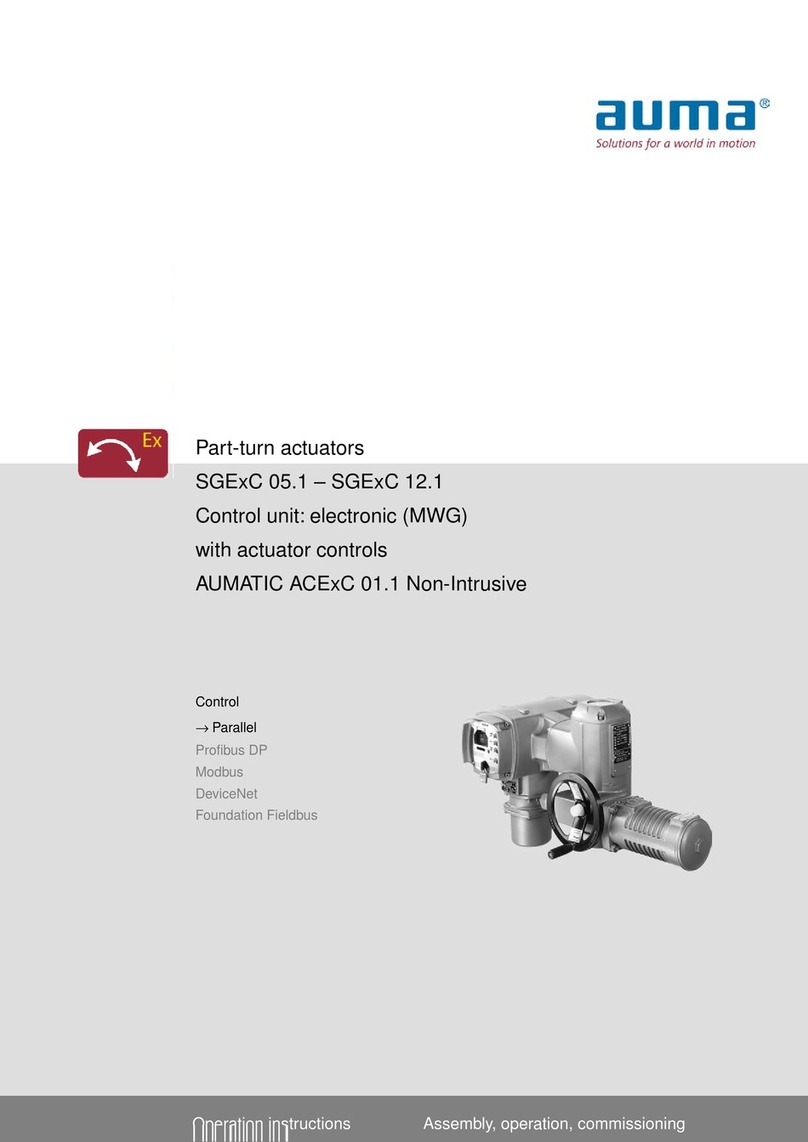
AUMA
AUMA SGExC 05.1 User manual
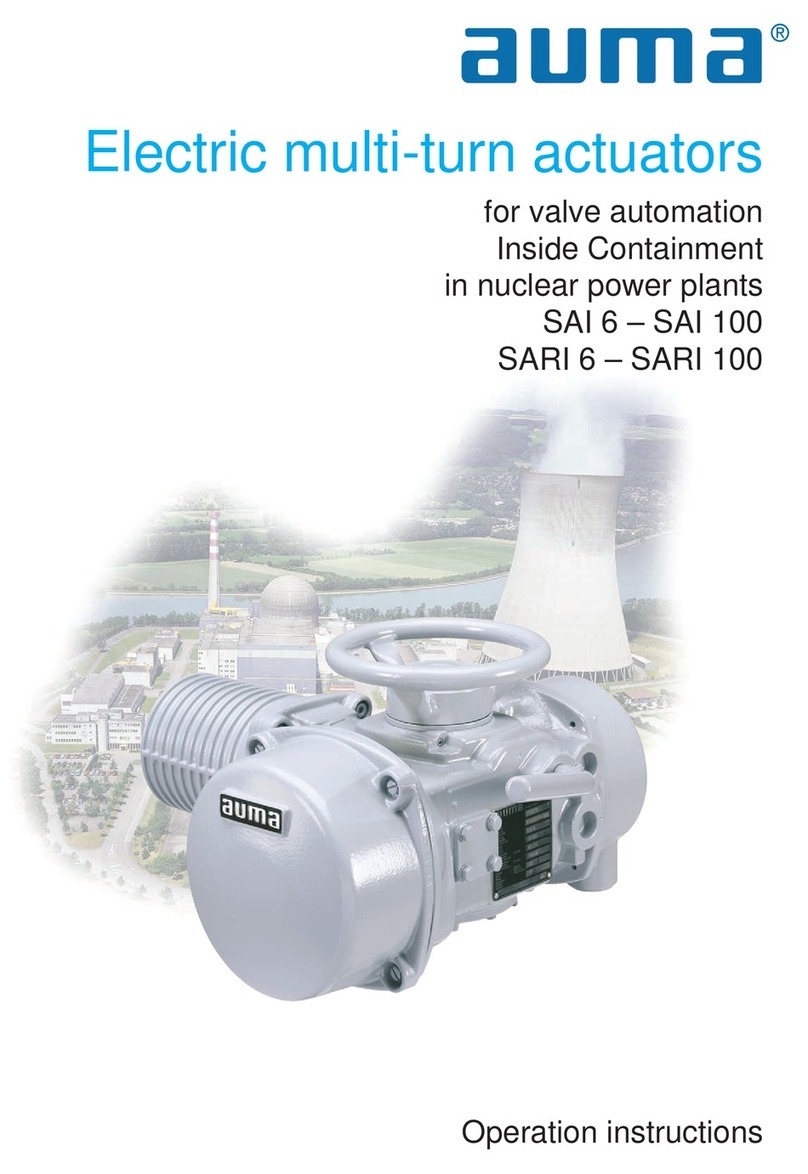
AUMA
AUMA SAI 6 User manual
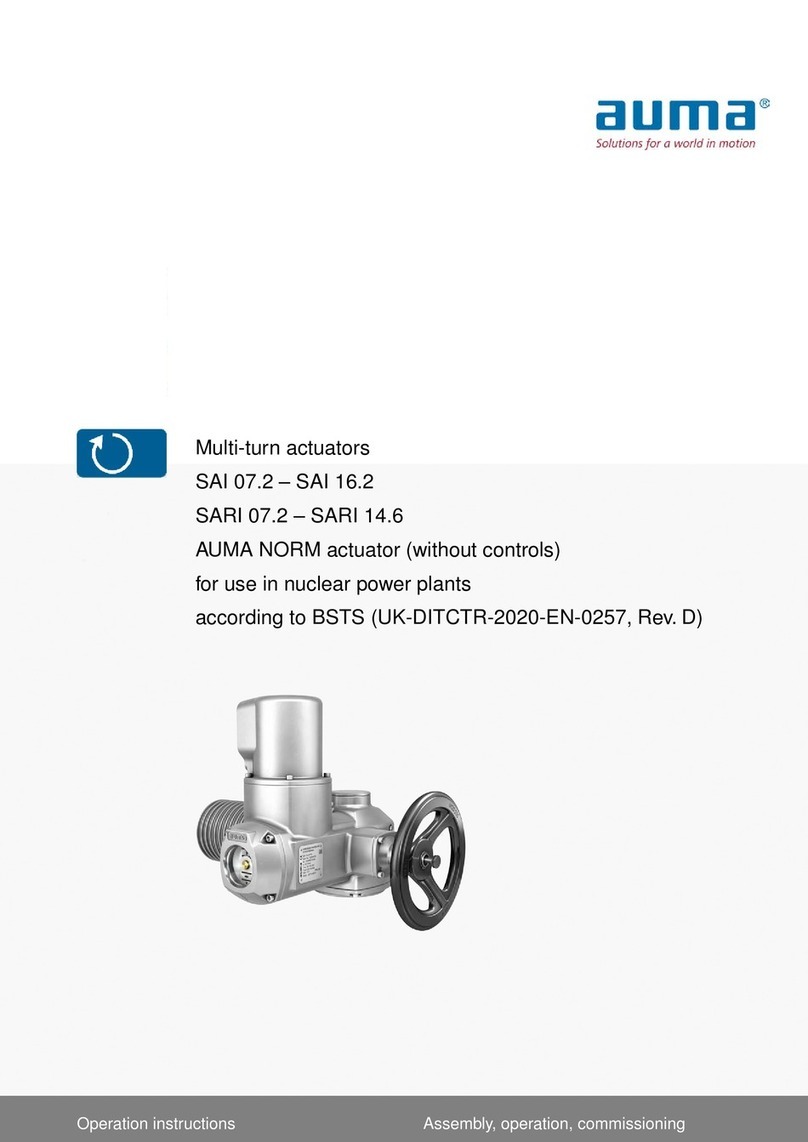
AUMA
AUMA SAI 07.2 User manual
